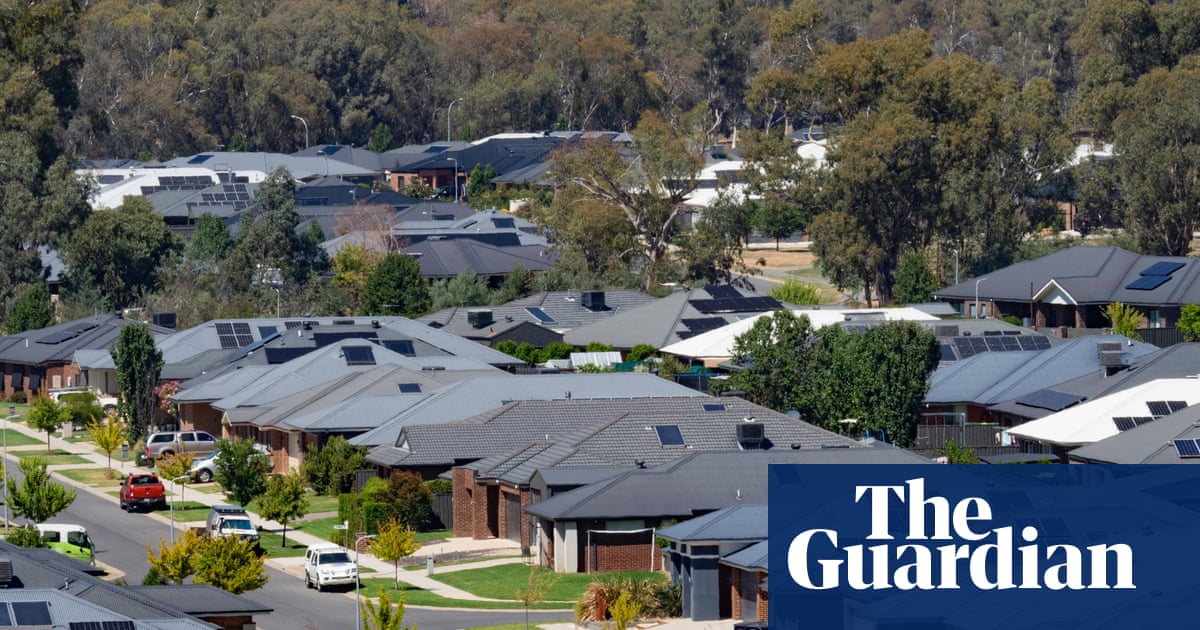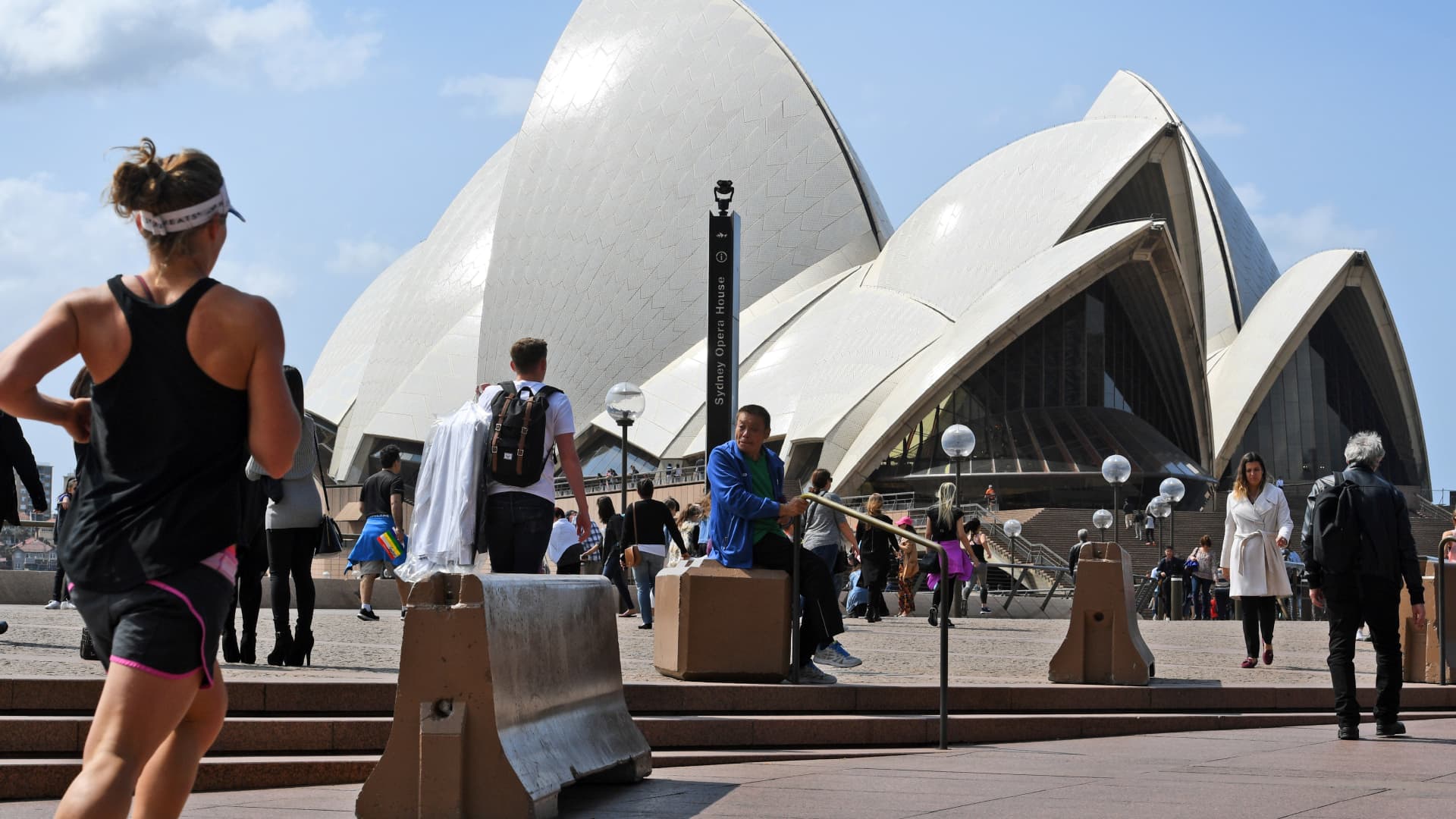Line-upspublished at 01:06 GMT
New Zealand: Will Young, Rachin Ravindra, Kane Williamson, Daryl Mitchell, Tom Latham (wk), Michael Bracewell, Mitchell Santner (c), Nathan Smith, Zak Foulkes, Blair Tickner, Jacob Duffy
England: Jamie…

New Zealand: Will Young, Rachin Ravindra, Kane Williamson, Daryl Mitchell, Tom Latham (wk), Michael Bracewell, Mitchell Santner (c), Nathan Smith, Zak Foulkes, Blair Tickner, Jacob Duffy
England: Jamie…

A new observational study published in

In an interview with The News-Letter, sophomore Angelina Dong recounted her experiences as a Woodrow Wilson Undergraduate Research Fellow at the Hoke lab under Dr. Ahmet Hoke at the Hopkins School of Medicine….

Skip…

Islamabad, Pakistan – After three days, talks between Pakistan and Afghanistan in Istanbul, aimed at ending a tense and violent standoff between the South Asian neighbours, appeared to have hit a wall in Istanbul on Tuesday.
Mediated by Qatar…

Using transformer-based AI, scientists created a full life-cycle biological clock that predicts future disease risk and uncovers the separate biological rhythms of growth and aging.
Study: A full life cycle biological clock based…

Unlock the Editor’s Digest for free
Roula Khalaf, Editor of the FT, selects her favourite stories in this weekly newsletter.
Hedge funds have adopted a new tactic in the distressed debt wars, arguing in a New York lawsuit filed on Tuesday that heavy-handed deals violate US anti-monopoly and cartel laws.
Manulife’s CQS, Algebris Funds and Deltroit Asset Management claim they were cut out of a deal that handed a group of other similarly situated bondholders disproportionate economic benefits in a debt restructuring earlier this year.
The lawsuit, which relates to the recent restructuring of Swiss vending machine operator Selecta, represents the first time that competition law has been invoked as an alleged charge of wrongdoing in the increasingly fractious realm of distressed debt litigation.
The claimants allege that a so-called co-operation agreement struck between the majority bondholders — a group that included Invesco, Man Group, Strategic Value Partners and Diameter — was specifically designed to keep the bulk economic benefits of a bond exchange from those not invited to join.
According to the complaint, the bonds currently held by the majority group trade at more than 70 cents on the dollar while the minority group has paper trading at half that level.
“The co-operation agreement is a classic example of an anti-competitive and collusive agreement between competitors . . . to control the price for Selecta Group BV’s first lien debt”, the complaint said. It alleged the agreement violated the federal Sherman Act and the New York state Donnelly Act.
So-called non pro-rata debt restructurings, where lenders or bondholders holding equally-ranked paper get different payouts, have proliferated in the US over the past decade. But only in recent years have European companies attempted such manoeuvres.
The Selecta deal drew attention this year among analysts and investors for what was believed to be one of the most complex and aggressive bond exchanges in recent memory.
Selecta, which was previously owned by KKR, had sought a solution to upcoming maturities in a near €1.5 debt stack it could not pay off.
The majority bondholder group used Dutch law on distressed disposals to take control of Selecta, and then offered a coercive bond exchange to the smaller holders.
That offer presented the smaller holders with a choice to either keep their existing paper, but pushed to the bottom of the creditor hierarchy, or take new senior paper which gave the majority group the ability to strip covenants and other protections ahead of potential future transactions through which the majority group could extract even more benefits.
Litigation over non-pro rata debt exchanges has typically centred on contract or securities law, which generally requires unanimous or supermajority approval within a class of creditors to change debt terms or execute a refinancing transaction.
Theories about how competition law may apply in intra-class disputes have surfaced in recent debates between academics and advisers.
However, those had focused on circumstances where a debtor company declared that a creditor co-operation agreement was anti-competitive, not a dispute between creditors as with Selecta.
The plaintiffs, who have separately alleged the restructuring violated contractual provisions of the bond indenture that required 90 per cent support for the deal, are requesting damages.
Samir Parikh, a law professor at Wake Forest University in North Carolina, expressed scepticism about the chances of success of the minority bondholder’s claims, but said that such a lawsuit was predictable.
“Parties resorting to antitrust law is unsurprising given the strong desire to undermine co-operation agreements and the relative ineffectiveness of other levers that have been pulled to date.”

Inflation has jumped to 3.2% in the year to September, from 2.1% in June, as waning government subsidies feed through to higher household power bills.
Any lingering chance of a rate cut next Tuesday was squashed after the new Australian Bureau of Statistics figures also confirmed a troubling rise in underlying inflation.
The Reserve Bank’s preferred trimmed mean measure – which removes the impact of large, temporary price moves – climbed by 1% in the three months to September and far ahead of the RBA’s predicted rate of 0.6%.
Sign up: AU Breaking News email
That left inflation on this trimmed mean measure at 3% in the year, against 2.7% in June.
Michele Bullock, the RBA’s governor, this week made it clear that a quarterly rise in underlying inflation of 0.9% would be a “material miss”, signalling the monetary policy board would not be prepared to deliver a fourth rate cut.
While Australians will feel the bite of higher electricity prices, what has been more concerning for the central bank is the unexpected and unwelcome lift in underlying inflation.
Bullock this week made it clear that the central bank is, for now, more worried about the prospect of resurgent inflation than a recent jump in unemployment.
Bullock said the labour market was not about to “fall off a cliff” and that the jobless measure was “still pretty low”.
after newsletter promotion

Tourists sit on a bollard at the Sydney Opera House.
Afp Contributor | Afp | Getty Images
Australia’s inflation accelerated in the third quarter, with consumer prices rising 3.2% from a year earlier — the fastest pace in more than a year — the Australian Bureau of Statistics said Wednesday.
The increase topped the 2.1% rise in the second quarter and came in above the 3% forecast by economists polled by Reuters.
The ABS said the most significant price rises were in housing, recreation and culture, and transport.
Trimmed mean inflation rate, which excludes extreme price changes in consumer goods and services, rose to 3%, up from 2.7% last quarter. It was the first increase in trimmed mean inflation since December 2022, the bureau said.
The 3.2% headline rate pushed inflation beyond the Reserve Bank of Australia’s 2%–3% target band for the first time since the second quarter of 2024, underscoring the challenge policymakers face in taming persistent price pressures.
Following the data release, the Australian S&P/ASX 200 fell 0.76%, while the Australian dollar strengthened 0.21% against the greenback to 0.6596.
The latest inflation figure means that expectations of RBA rate cuts will be “almost certainly” pushed back, Josh Gilbert, market analyst at market services firm eToro said in a note.
He added that the RBA’s goal of bringing inflation under control will take longer than anticipated, and that further rate relief may still be some way off for investors.
“This reinforces that the disinflation process is stalling while bringing stagflation concerns into the conversation, especially if unemployment keeps picking up,” Gilbert added.
The RBA had cautioned in its September Statement on Monetary Policy that inflation for the quarter could come in “higher than expected,” citing sticky prices in housing and market services.
RBA Governor Michelle Bullock said last month that inflation in those areas was “a little higher than we were expecting,” though she stressed that it did not indicate that inflation was “running away.”
In August, the central bank had forecast that underlying inflation would continue to moderate to around the midpoint of the 2%–3% range, with the cash rate assumed to follow a “gradual easing path.”
Recent headline CPI readings for July and August came in above expectations for both months, at 2.8% and 3% respectively. September inflation figures stood at 3.5%, its highest since July 2024.
Australia’s central bank kept its policy rate steady at its last meeting, noting that inflation remained stubborn in some parts of the economy.
The country’s economy outperformed expectations in the second quarter, growing 1.8% from a year earlier, marking the fastest pace of growth since September 2023. It was higher than the 1.6% expected by economists polled by Reuters and the 1.3% seen in the previous quarter.